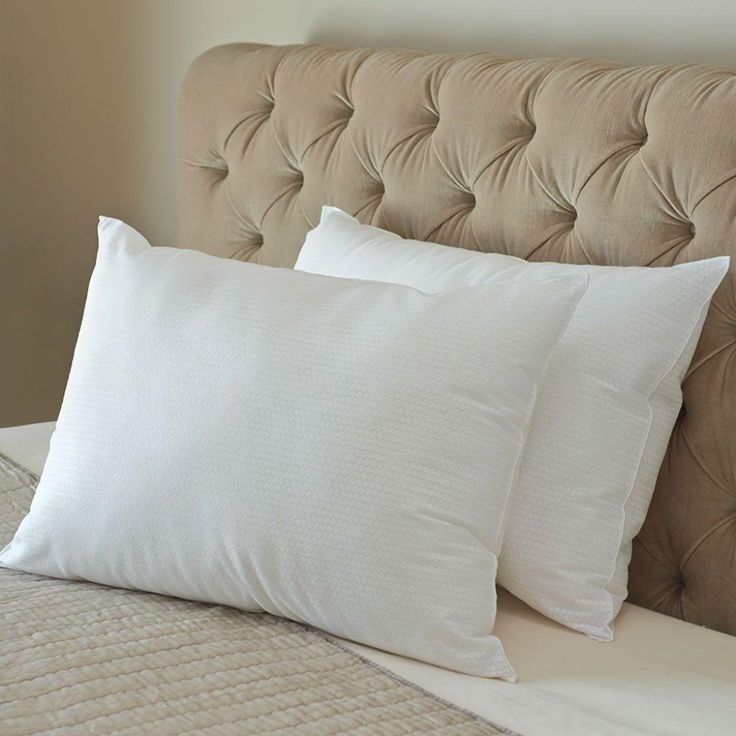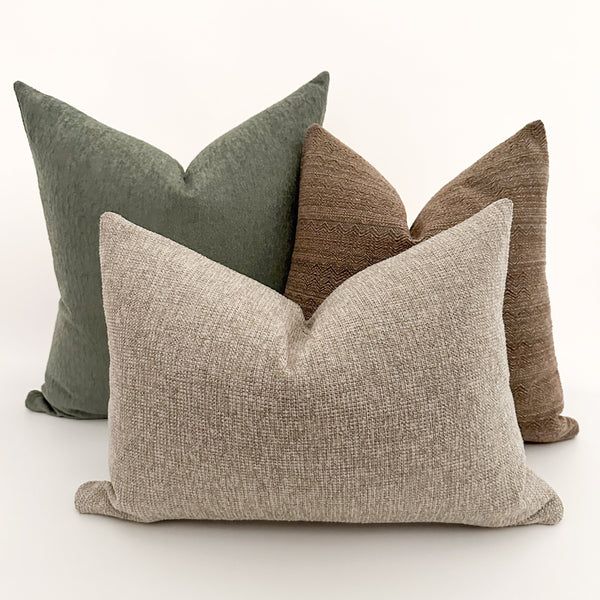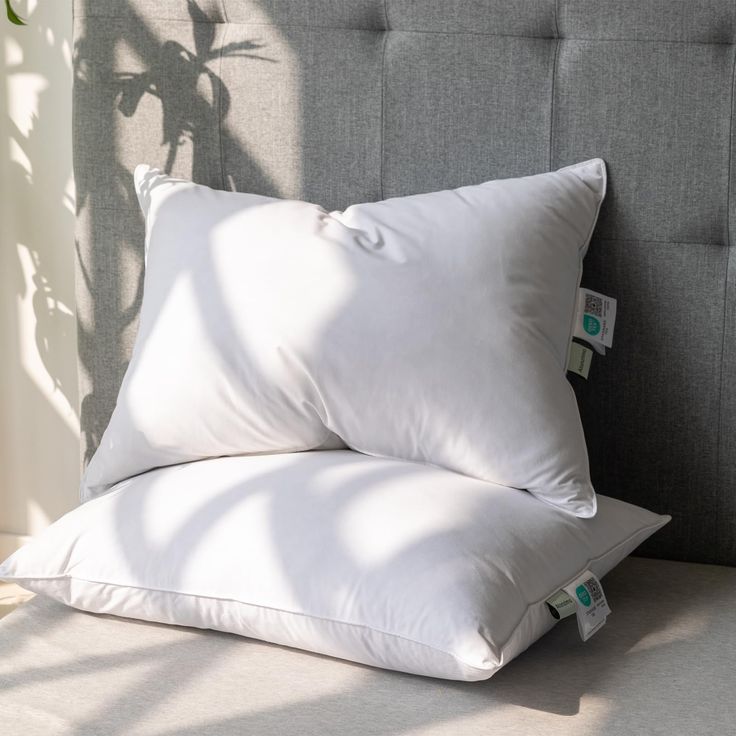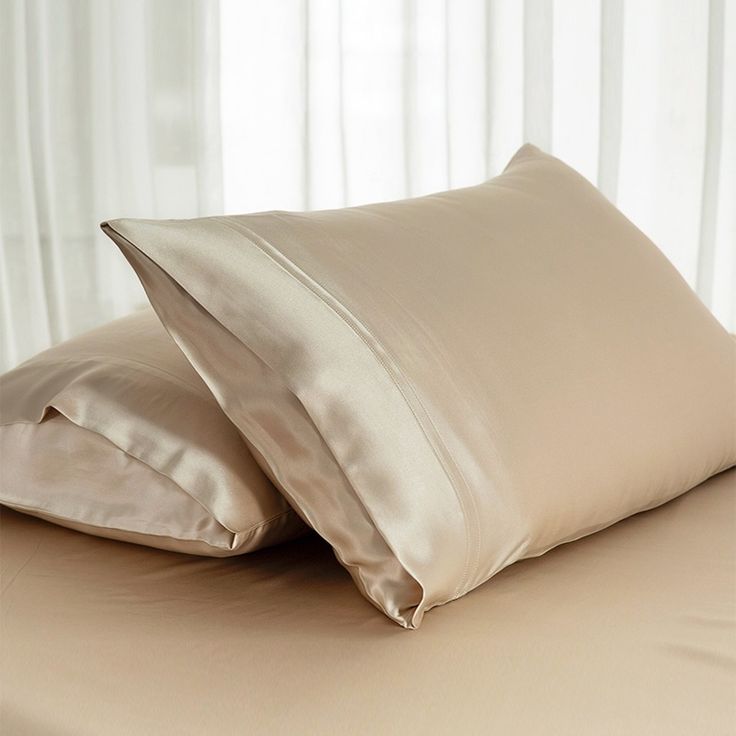When it comes to maintaining a healthy and comfortable sleep environment, one often overlooked aspect is the cleaning of pillows. Regular pillow cleaning can not only enhance the lifespan of your pillows but also contribute to a fresher, healthier sleeping space. In this guide, we will explore how to clean pillows effectively while providing tips and tricks that can make the task easier. Here’s everything you need to know about how to clean pillows.

Understanding the Importance of Cleaning Your Pillows
- Health Benefits: One of the most crucial reasons for cleaning your pillows is the health benefits it provides. Over time, pillows can become breeding grounds for dust mites, allergens, and bacteria. These can trigger allergies or exacerbate respiratory issues, leading to uncomfortable nights and diminished well-being during the day.
- Improved Sleep Quality: A clean pillow contributes significantly to better sleep quality. When your pillows are free from allergens and irritants, you’re more likely to enjoy a restful night’s sleep, allowing you to wake up refreshed and energized. This can positively impact your overall mood and productivity.
- Maintaining Pillow Integrity: Regular cleaning helps preserve your pillows’ fluffiness and shape. Dirty pillows can clump and lose their support, which may lead to neck and back pain. By cleaning them periodically, you ensure they remain comfortable and supportive.
- Hygiene and Odor Control: Cleaning your pillows also helps eliminate odors caused by sweat, oils, or even pets. A fresh pillow can transform your sleep space into a more inviting and hygienic environment.
- Incorporating into Routine: Understanding the significance of pillow cleaning can motivate you to include this essential task in your regular household cleaning routine. By doing so, you foster a healthier sleeping environment for yourself and your family.
Check the Care Labels on Your Pillows
The first step in the process of how to clean pillows is to check the care labels. Different types of pillows require different cleaning methods. Some pillows can be machine washed, while others may need to be hand washed or dry cleaned. For instance, memory foam and latex pillows should not be soaked in water, as this can damage their structure. On the other hand, polyester and down pillows are generally safe for machine washing. Understanding the specific requirements outlined on the care label will guide you in how to clean pillows properly without causing any damage.

Gather Your Cleaning Supplies
Once you’ve carefully checked the care labels on your pillows, it’s time to move on to the next crucial step in learning how to clean them effectively: gathering your necessary cleaning supplies. This preparation can make a significant difference in the overall cleaning process.
- For Machine-Washable Pillows: If your pillows are safe for machine washing, make sure you have laundry detergent on hand. Opt for a gentle detergent that won’t cause any irritation or damage. You will also need access to a washing machine and, depending on your preferred drying method, either a dryer or a designated drying space. A drying rack is a great option for air drying.
- For Hand-Washable Pillows: If your pillows require a more delicate touch, you’ll need a large tub for soaking, warm water, and a gentle detergent to prevent any fabric damage. Be sure to read the instructions carefully to avoid any mishaps.
- Extra Pillow cases: It can be incredibly helpful to have an extra set of pillow cases ready. This will protect your freshly cleaned pillows while they dry, keeping them safe from dust and debris.
By gathering your supplies ahead of time, you can streamline the cleaning process and ensure that everything you need is readily available at your fingertips. This preparation not only saves you time but also helps you achieve the best results for your pillows.
Preparing Your Pillows for Washing
Before embarking on the washing process, it is essential to prepare your pillows correctly to achieve the best results. Begin by assessing the type of pillows you have. If they are machine-washable, ensure you remove any pillowcases and pillow protectors. These can trap dirt and moisture, hindering the cleaning process. Once stripped down, take a close look for any stains. If you spot anything, consider pre-treating those areas by gently cleaning them with a mild detergent and a damp cloth. This step is vital, as it helps to lift stains and prevents them from setting during the wash.
For those dealing with pillows that are not suitable for machine washing, take a different approach. Begin by thoroughly shaking and fluffing your pillows to help loosen any dirt and dust that may be trapped within the fibers. This simple action allows the debris to escape and makes the subsequent cleaning more effective. Proper preparation, no matter the pillow type, is key to achieving your desired level of cleanliness when washing your pillows.

The Machine-Washing Method
Cleaning machine-washable pillows is an uncomplicated yet effective process that can rejuvenate your bedding and improve your sleep quality. To begin, load your washing machine with your pillows, ideally placing two at a time. This helps maintain balance during the wash, preventing any strain on the machine or uneven cleaning of the pillows.
Next, select a gentle cycle and set the water temperature to warm. It is essential to use a mild detergent, as harsher chemicals can damage the fabric and filling of the pillows. To enhance the washing process, consider adding some clean towels to the load. The towels not only help with agitation but also reduce the risk of the pillows clumping together, ensuring they are cleaned thoroughly.
After the washing cycle is complete, proceed to rinse your pillows meticulously. This step is crucial in removing any lingering detergent residues. Effectively cleaning your pillows using the washing machine saves you valuable time and guarantees a deep and refreshing clean, promoting a healthier sleep environment.
Hand-Washing Your Pillows
If your pillows require hand washing, the process is equally effective. Fill a bathtub or a large basin with warm water and add a mild detergent. Submerge the pillows fully and gently agitate the water with your hands, allowing the detergent to penetrate the fabric. After a thorough soaking, gently press the pillows to release dirt and grime, being careful not to twist or wring them, as this can damage their structure. Rinse the pillows thoroughly with clean water until all the detergent is removed. This detailed hand-washing technique for how to clean pillows ensures that they remain fresh and fluffy without compromising their integrity.

Drying Your Cleaned Pillows
Once you’ve finished washing your pillows, the next vital step is to dry them properly. This process significantly impacts their longevity and comfort. If you opted for machine washing, it’s recommended to place the pillows in the dryer. Set it to a low heat setting to avoid damaging the fabric or the filling. To enhance the drying process and fluff the pillows, consider adding dryer balls or clean tennis balls into the mix. These items will bounce around, breaking up any clumps of filling while simultaneously promoting air circulation.
If you prefer the natural method, you can air dry your pillows, which is another effective option. For air drying, lay them flat on a clean surface, such as a drying rack or a clean towel. Alternatively, you can hang them in a well-ventilated area, ensuring that air can circulate freely on all sides. Whichever method you choose, ensure the pillows are completely dry before returning them to your bed. This precaution is crucial in preventing mold and mildew growth, which can be harmful to your health. Understanding and implementing the right drying techniques will significantly contribute to the overall maintenance and longevity of your pillows.
Maintaining Clean Pillows: Tips for Regular Care
Now that you know how to clean pillows thoroughly, adopting regular maintenance tips will help prolong their freshness. Consider washing your pillows every six months or more frequently if you suffer from allergies. Using protective pillow covers can catch dirt and allergens before they penetrate your pillows. Additionally, fluffing and shaking your pillows regularly will help maintain their structure and comfort. By incorporating these care tips into your routine, you can enjoy clean, fresh pillows year-round.

Conclusion
Mastering how to clean pillows is an essential skill that promotes better health and enhances your sleep quality. By following this step-by-step guide, you can ensure your pillows remain fresh and clean, providing you with a comfortable place to rest your head. From understanding the importance of cleaning to proper washing techniques and maintenance tips, keeping your pillows in top shape is easier than ever. Embrace this guide to transform your sleep space into a sanctuary of cleanliness and comfort. With these techniques in hand, you are now equipped to tackle how to clean pillows confidently and effectively.



